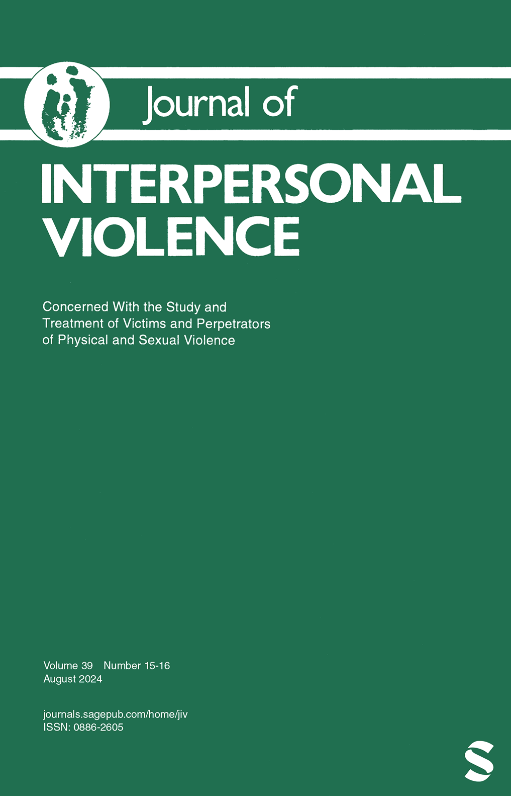Homelessness is a public health concern in California and throughout the United States. Intimate partner violence (IPV) is a risk factor for experiencing homelessness. Few studies have examined the interplay between IPV, homelessness, and housing. Qualitative methods can provide a greater understanding of the lived experience of IPV and homelessness to identify potential solutions. We purposefully sampled 104 adults who reported experiencing IPV in the California Statewide Study of People Experiencing Homelessness (CASPEH), a representative, mixed-methods study.
We administered semi-structured interviews focusing on IPV and six other topic areas pertaining to homelessness from October 2021 to May 2022. We created and applied a codebook with a multidisciplinary team using a hybrid of deductive and inductive logic. Our analysis included all participants who discussed IPV and homelessness across the seven studies. We conducted a thematic analysis using an interpretivist approach and informed by grounded theory. We found that violence within a partnership was multidimensional (physical, sexual, emotional, and financial) and bidirectional. We identified six themes: (1) IPV precipitated and prolonged homelessness; (2) Need for housing, financial stability, and material resources influenced staying in abusive relationships; (3) Alcohol and illicit substance use exacerbated violence between partners; (4) Participants struggled to find resources in domestic violence (DV) shelters; (5) The healthcare system did not provide substantial support; and (6) discrimination and stigma influenced equitable access to housing and DV resources.
Experiencing IPV contributed to homelessness and impeded returns to housing. Limitations in current IPV resources impede care. We propose equitable expansion of survivor-centered services that improve access to long-term subsidized housing, prevent IPV and homelessness with flexible funding options, and facilitate rapid exits from homelessness through trauma-informed, non-congregate shelter that transitions to permanent housing.

